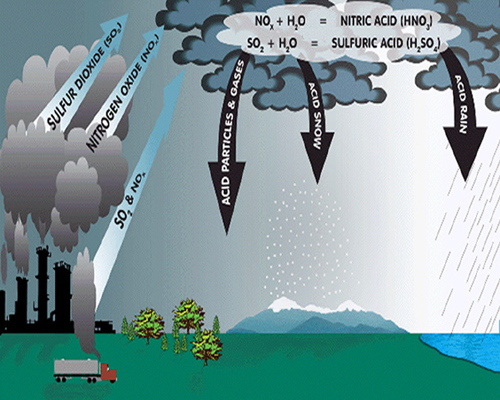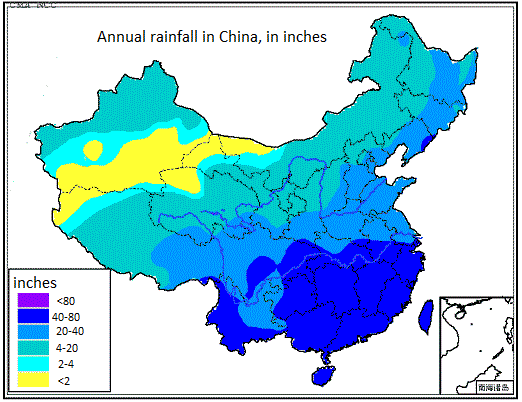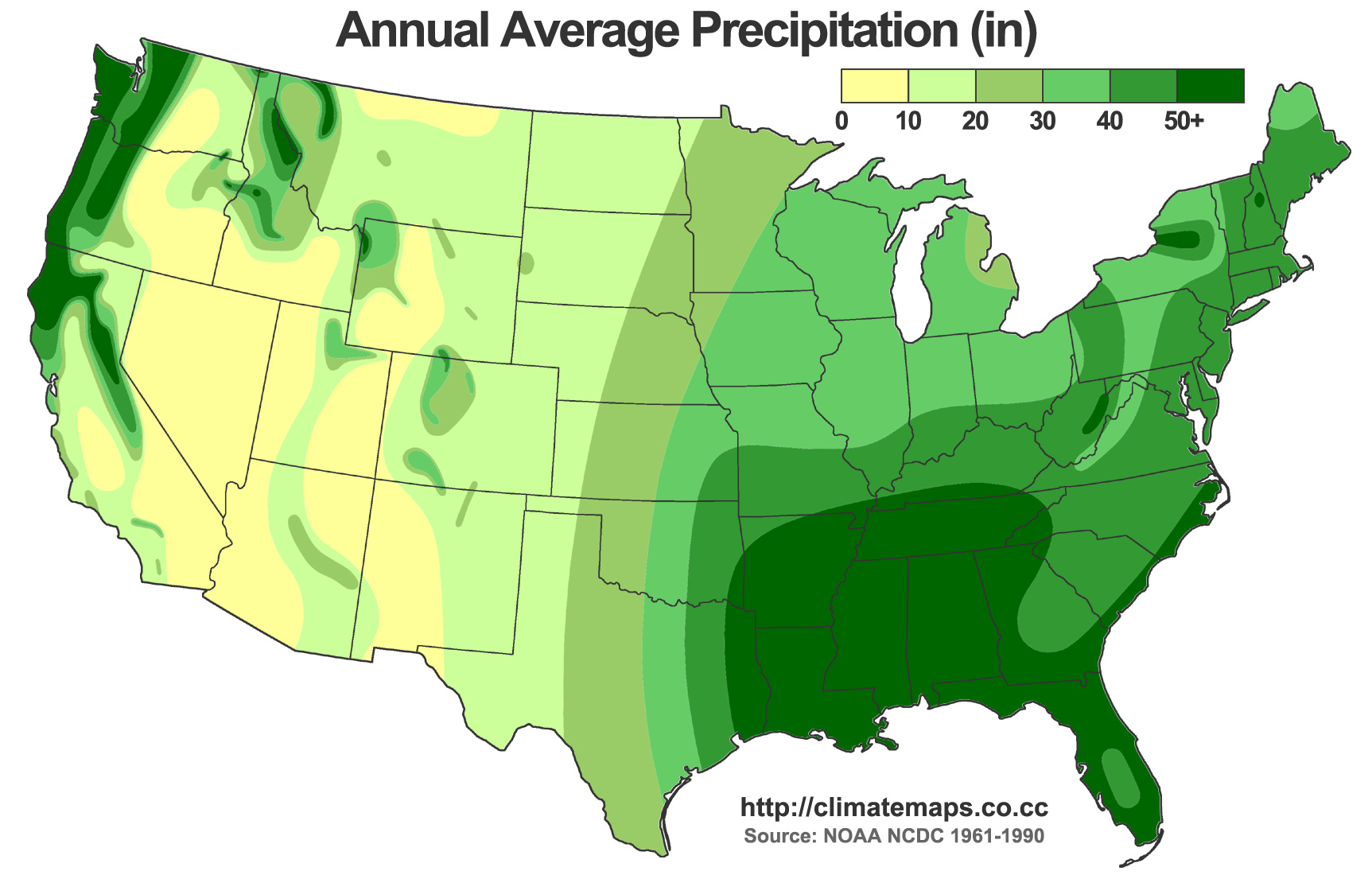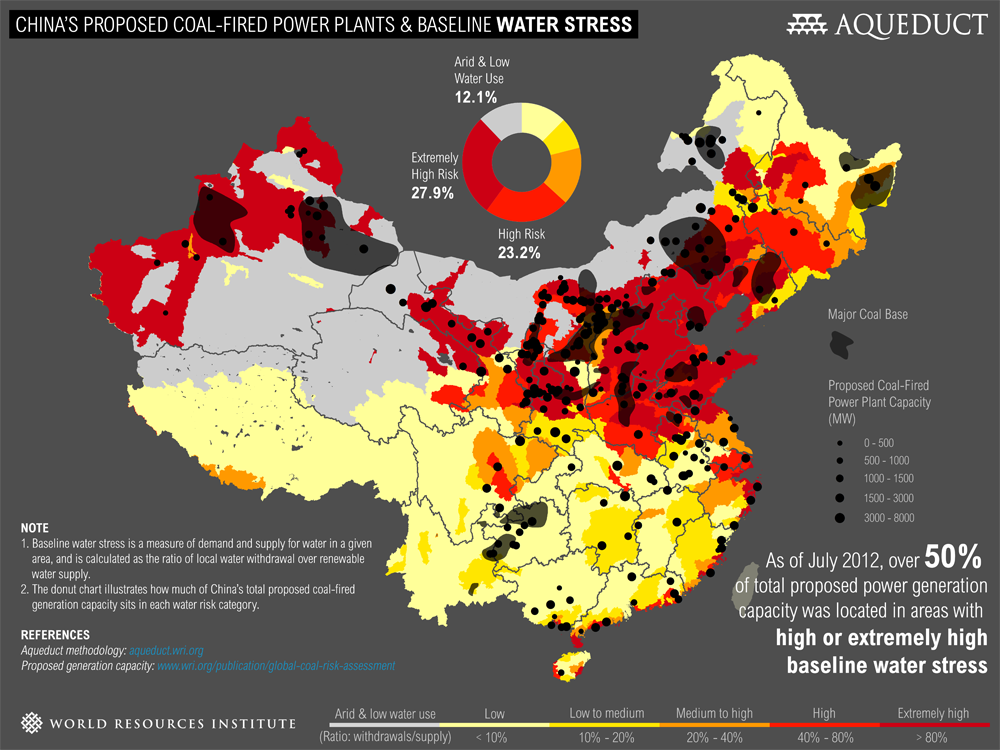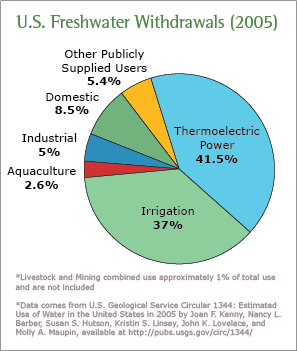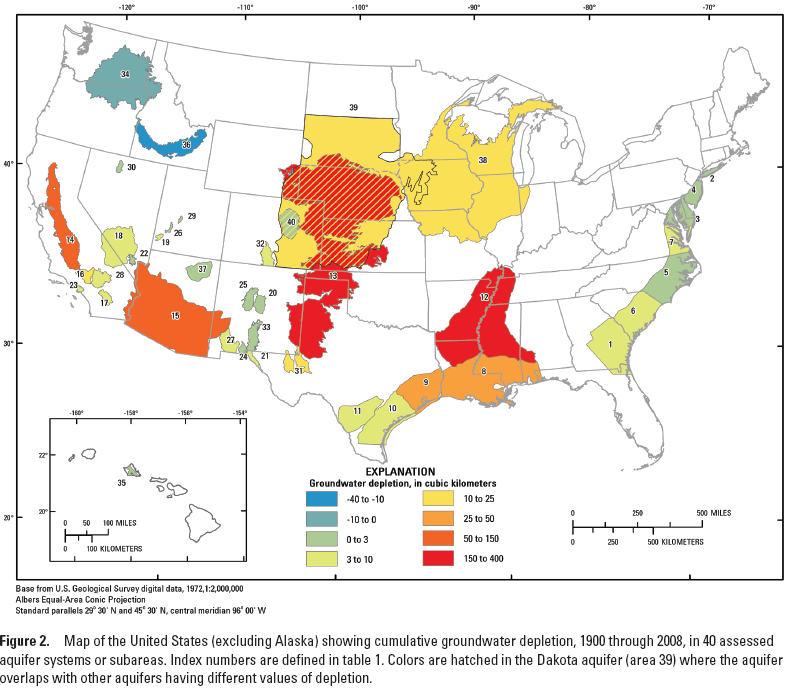Before I get into anything, this is a first in a series of three articles I am going to be releasing. Instead of my monthly release rate, I am going to be releasing them one each week. If you are traveling to or live in a polluted environment, I highly suggest you subscribe to the blog or do it as an RSS feed.
Now to the article!
If you guessed China, you guessed wrong. Did you get it wrong? If you say you didn't, I am going to call you a liar. Every person I know, when asked which country in the world has the worst air pollution, answered China. This includes experts on China, experts on air pollution, and experts on countries that are more polluted than china.
Also, the number of people that die per year from air pollution is staggering, more on that after the math.
China isn't even close to being the country with the most fouled air. That distinction belongs to India, by a huge margin.
Okay, well, let's delve further into it. Of the top 20 most polluted cities in the world, how many would you guess are in China? Okay, that was a trick question. China doesn't have any of the top 20 most polluted cities in the world. And India holds the distinction of having at least 10 of them.
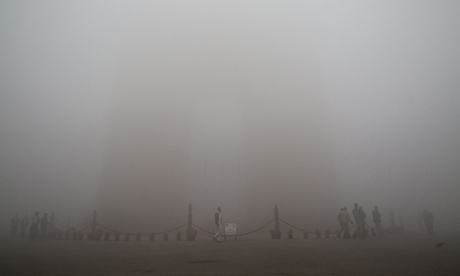
A gate in India that can't be seen through air pollution.
Before getting to the science grit, one more important thing. Owing entirely to city air pollution in India, at least one study shows that Indian citizens living in cities have 30% less lung capacity than Europeans living in cities. So, pretty much, pollution makes it so
Okay, let's back up and discuss air pollution a bit.
What is Air Pollution? (This is the technical part of the post)
In this above mentioned study, air pollution is strictly PM2.5. Why is that? Because PM2.5 is particulates smaller than 2.5 microns, roughly 1/30th the width of human hair. They are small enough that they penetrate deep into the lungs, where they cause permanent damage and can lead to cancer. PM2.5 is produced by powerplants (mostly coal-fired) and any combustion-based motor vehicle. The EPA has a great guideline for PM2.5 if you want to read more.
There are other pollutants that everyone seems to ignore. Back in the day, you heard a lot about acid rain. Acid rain is caused by  and
and  . Combusting anything creates NO, cause there is so much
. Combusting anything creates NO, cause there is so much  in the air (78% of the stuff we breath is
in the air (78% of the stuff we breath is  ) that some of it combines with oxygen during combustion, creating NO. NO reacts with
) that some of it combines with oxygen during combustion, creating NO. NO reacts with  to produce NO2 and O-, the latter of which produces ground-level ozone (more on that soon). Let's look at what happens to
to produce NO2 and O-, the latter of which produces ground-level ozone (more on that soon). Let's look at what happens to  and
and  in air:
in air:

So that's sulphuric acid.

And that is nitrous and nitric acid. Another fun reaction is:

VOCs are Volatile Organic Carbons. It pretty much means organic matter in the air. It comes from plants.  , or ozone, is bad for people and plants at ground level.
, or ozone, is bad for people and plants at ground level.
So let's review what happens here. Power plants burn fossil fuels, they produce PM2.5 which causes cancer, coal-fired powerplants produce  which becomes acid in your lungs, and all combustion plants produce
which becomes acid in your lungs, and all combustion plants produce  which also becomes acid in your lungs. PM2.5 is the worst, but the other pollutants are also bad. Burning coal causes the most of all of these pollutants. Lower grade coal, the stuff burned more often in China and India (the US has high grade coal), has less energy relative to pollutants, so it makes more pollution.
which also becomes acid in your lungs. PM2.5 is the worst, but the other pollutants are also bad. Burning coal causes the most of all of these pollutants. Lower grade coal, the stuff burned more often in China and India (the US has high grade coal), has less energy relative to pollutants, so it makes more pollution.
Now, exactly how bad are ozone, NOx ( ) and SOx (
) and SOx ( )? They are all similar, so lets just look at SOx health effects according to the EPA. In short, exercising in an environment with this stuff is bad for you, and sends people to the emergency room. In the worst case scenario, it exacerbates or triggers asthma, heart attacks, and aneurysms, killing people nearly instantly. Long term exposure increases asthma and other health hazards. Now keep in mind that this stuff is considered less of a problem than PM2.5.
)? They are all similar, so lets just look at SOx health effects according to the EPA. In short, exercising in an environment with this stuff is bad for you, and sends people to the emergency room. In the worst case scenario, it exacerbates or triggers asthma, heart attacks, and aneurysms, killing people nearly instantly. Long term exposure increases asthma and other health hazards. Now keep in mind that this stuff is considered less of a problem than PM2.5.
Back to the Qualitative
Okay, now that we know what the stuff is and what it does, let's get to some specific numbers. The World Health Organization indicates that air pollution is "single biggest environmental health risk in the world" the largest health hazard in the world, killing 7 million people per year.
What's the best way to deal with this stuff? Staying indoors helps a lot. Your house acts as a good barrier against it. Having a filter also helps. If you live in China or India, build one of these at your home. The filter will stop working eventually, so it will have replacement costs, but you can probably get clean air for around $100 per year for a single room in your house. Now keep in mind, this is a HEPA filter, which filters out only particles. Good luck with that SOx, NOx, and ozone. The guy who stapled together the filter and the fan states that it's the only thing you need for clean air in his blog. Clearly the PhD he is learning in psychology does not qualify him to know a lot about air quality. It doesn't disqualify him from knowing about it, but being completely unaware of the chemicals I described above does.

HEPA + fan. Good for PM2.5, useless vs. ozone, SOx, and NOx.
In other words, this filter will work inside, but you are still going to get bad chemicals living in your lungs. If you want to filter more, be prepared to shell out thousands of USD. Also, if you plan on going outside, or you want to exercise, if you work outside, you're pretty well screwed. There are a few masks that work, but all have their flaws or are expensive. More on this later, we've hit 1000 words and it's time to go.
Before we let me repeat one thing. If you are in a polluted area: Do. Not. Exercise. Anywhere. That. Isn't. Filtered. And no mask on the market filters out SOx, NOx, and Ozone.
Thanks for reading!
- Jason Munster


